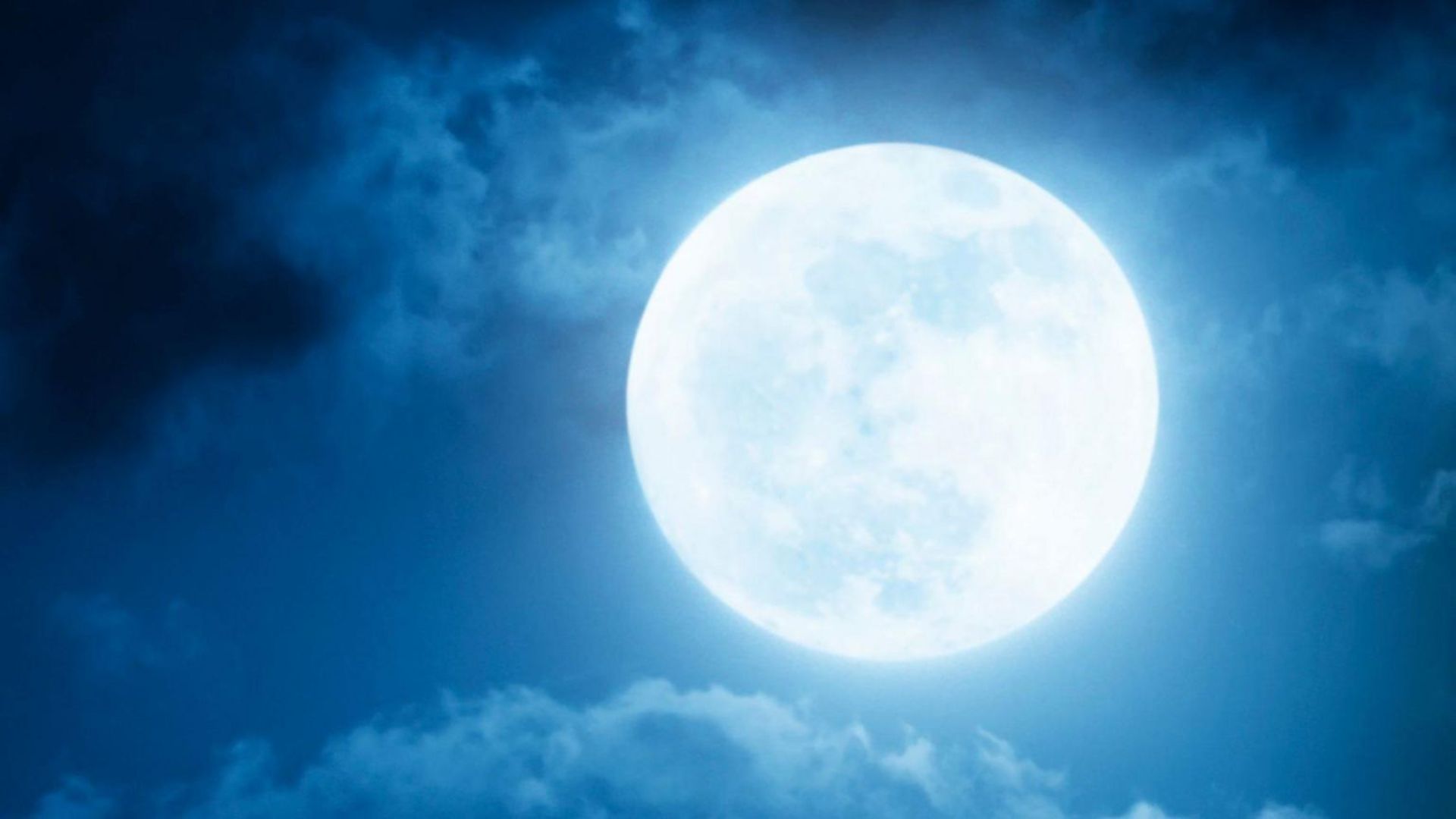
All you need to know about the Super Blue Moon 2024
Table of Contents
On Monday, August 19, stargazers can look forward to witnessing a rare celestial event: a Super Blue Moon this 2024. This phenomenon combines two distinct occurrences: a supermoon, which happens when the moon is at its closest point to Earth, and a blue moon, defined as the third full moon in a season that has four full moons.
What Makes This Super Blue Moon Special?
The blue supermoon is a relatively rare event, typically occurring once every decade. However, a super blue moon was also visible last August, marking two consecutive years with this unique phenomenon. According to NASA, the blue supermoon will reach its peak illumination at 2:26 p.m. EDT on Monday, although it will appear full for three days, from Sunday through early Wednesday.
Fred Espenak, a scientist emeritus at NASA’s Goddard Space Flight Center, noted that distinguishing between a supermoon and a regular full moon can be challenging. “I personally can’t tell the difference between a supermoon and a regular moon,” he remarked.
How to Observe the Blue Supermoon
To get the best view of Monday’s blue supermoon, observers should consider watching the moon rise in the east or set in the west. This positioning can create a “moon illusion,” making the moon appear larger against the horizon. For those seeking a closer look, using binoculars or a telescope can enhance the viewing experience, allowing observers to see more details on the moon’s surface.
Understanding Supermoons and Blue Moons
A supermoon occurs when the moon is full and at its perigee, the closest point in its elliptical orbit around Earth, which averages about 226,000 miles away. During a supermoon, the moon can appear up to 30% larger and 16% brighter than during its apogee, the furthest point from Earth.
The term “blue moon” has two definitions: a monthly blue moon, which refers to the second full moon in a calendar month, and a seasonal blue moon, which is the third full moon in a season with four full moons. The August full moon is classified as a seasonal blue moon, making it particularly special.
Additionally, this full moon is often called the Sturgeon Moon, a name derived from Native American traditions, as it coincides with the time when sturgeon fish are most easily caught in the Great Lakes and Lake Champlain.
Upcoming Supermoons
If you miss Monday’s blue supermoon, there are three more supermoons to look forward to in 2024: the Harvest Moon on September 18, which will also feature a partial lunar eclipse; the Hunter’s Moon on October 17; and the Beaver Moon on November 15. The next seasonal blue supermoon won’t occur until 2032, while the next monthly blue moons will be in 2037.
Conclusion
While the blue supermoon won’t actually appear blue in color, it promises to be a breathtaking sight for those who take the time to observe it. With clear skies and the right viewing conditions, this celestial event will be a memorable experience for astronomy enthusiasts and casual observers alike.


